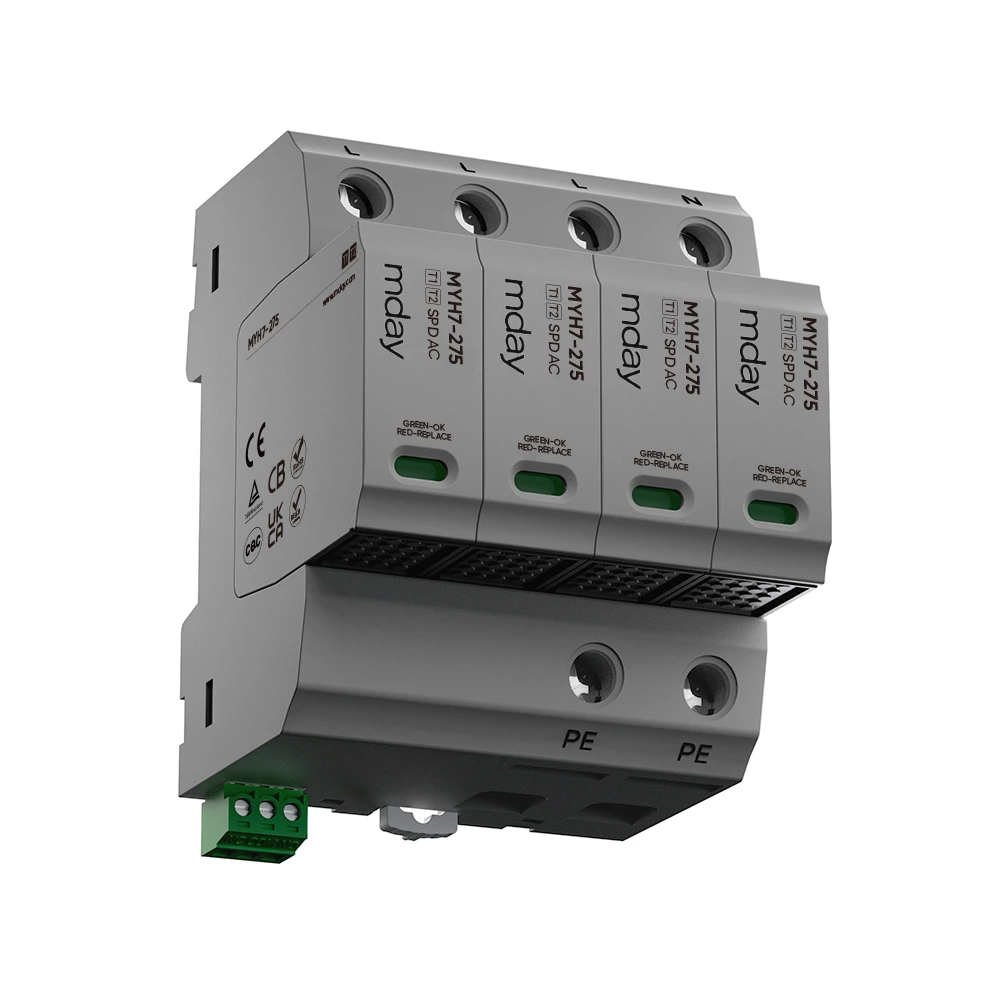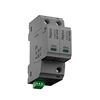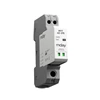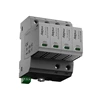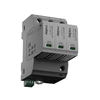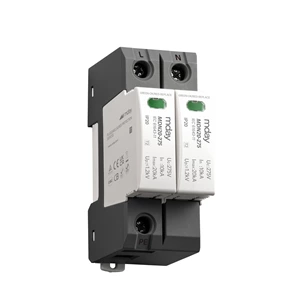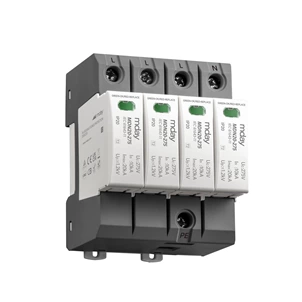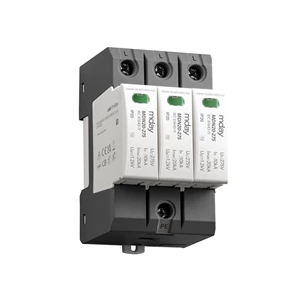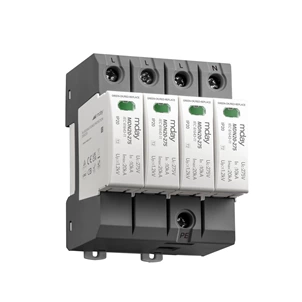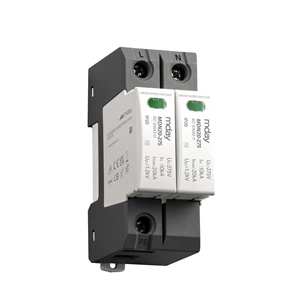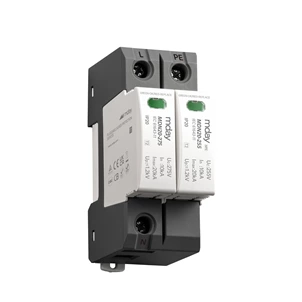Basic Design Requirements For Surge Protectors
The blades are equipped with flashlights, lead wires, and their connecting components to form a surge protective device system. These components can be part of the blade structure itself or incorporated into the blade assembly. They must withstand sea strikes from lightning currents at the specified surge protector level, ensuring structural integrity and preventing continued operation until repaired. They must withstand expected wear and wind-induced vibrations, moisture, and particulate matter without affecting the blade's operating characteristics. The surge protection device system tests the blade's ability to withstand mechanical stress.
Blade Receivers
Blade receivers are located on the blade surface and can intercept the majority of lightning strikes. Blade receivers are maintainable and replaceable.
The blade receiver protection range cannot be determined using the angle of protection or roll method. The blade receiver system design is based on rigorous inspection and testing.
If the number of receivers in a blade is greater than or equal to the following specified value, the initial flashback test during the high-voltage lightning test is not performed. Blade length L < 20 m: 1 tip receiver. Blade length 20m ≤ L < 30m: One tip receiver, one pressure-side receiver, and one suction-side receiver are located at the blade tip. Blade length 30m ≤
L < 45m: One Carnot tip receiver, two pressure-side receivers, and two suction-side receivers are placed on the rotating blade. Blade length L ≥ 45m: One tip receiver, three pressure-side receivers, and three suction-side receivers are distributed across the rotating blade.
